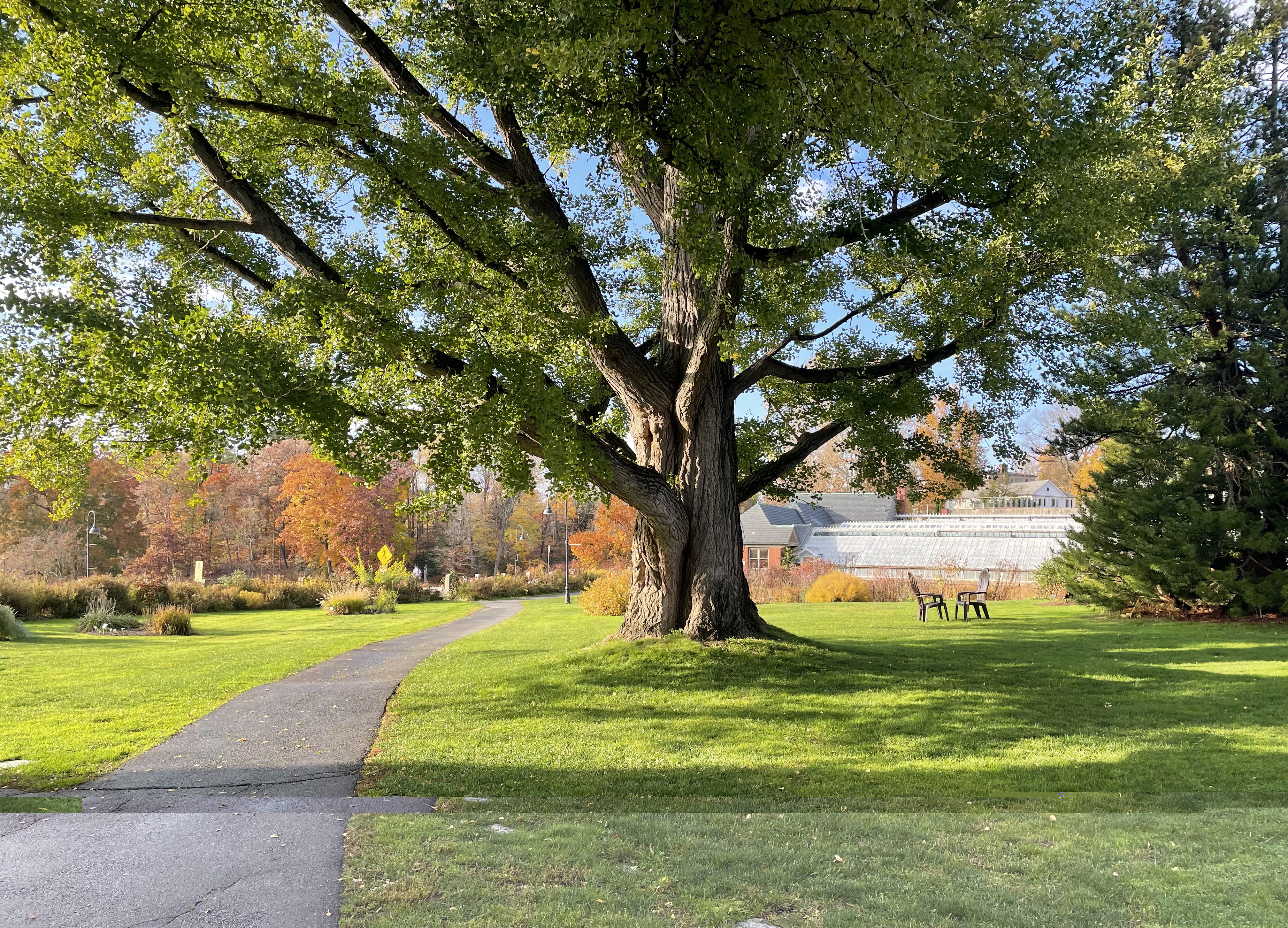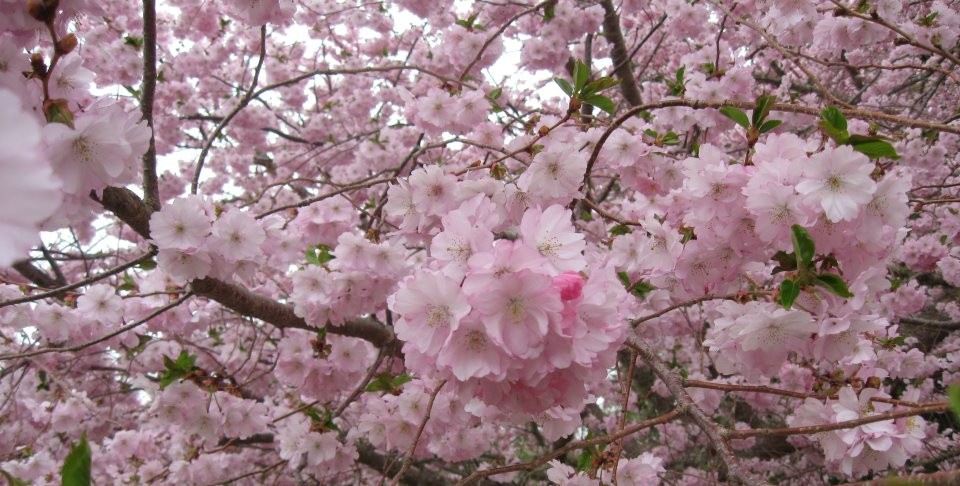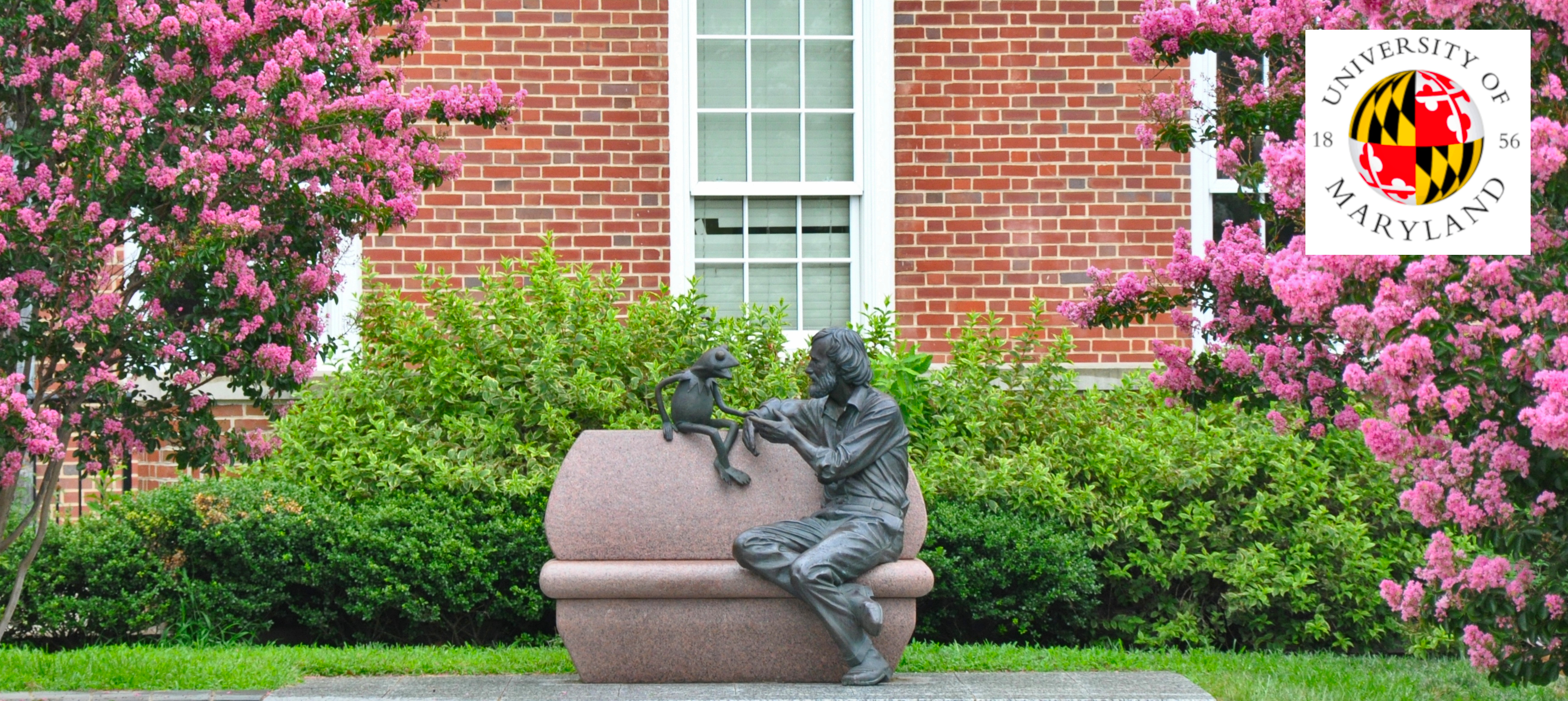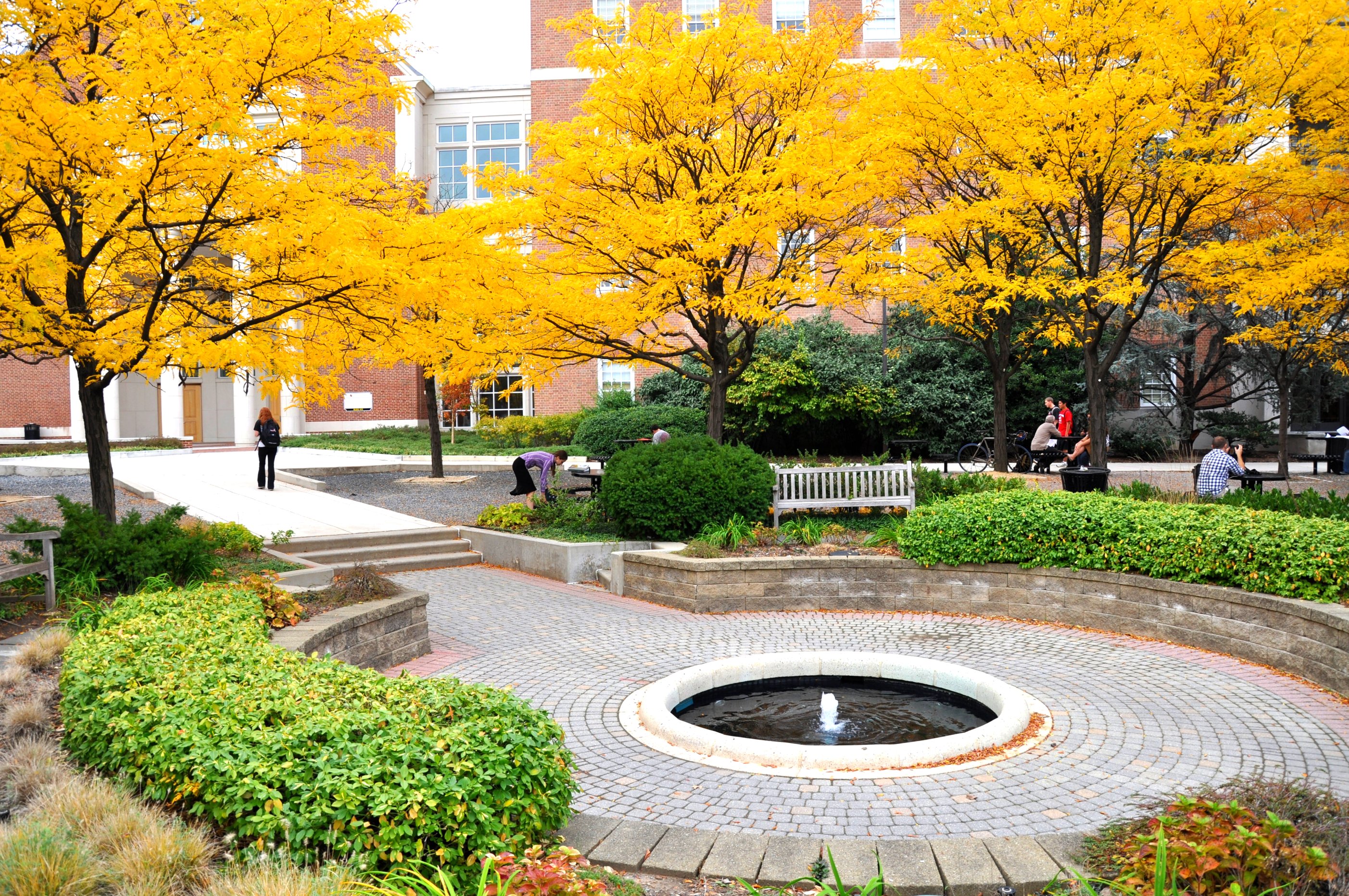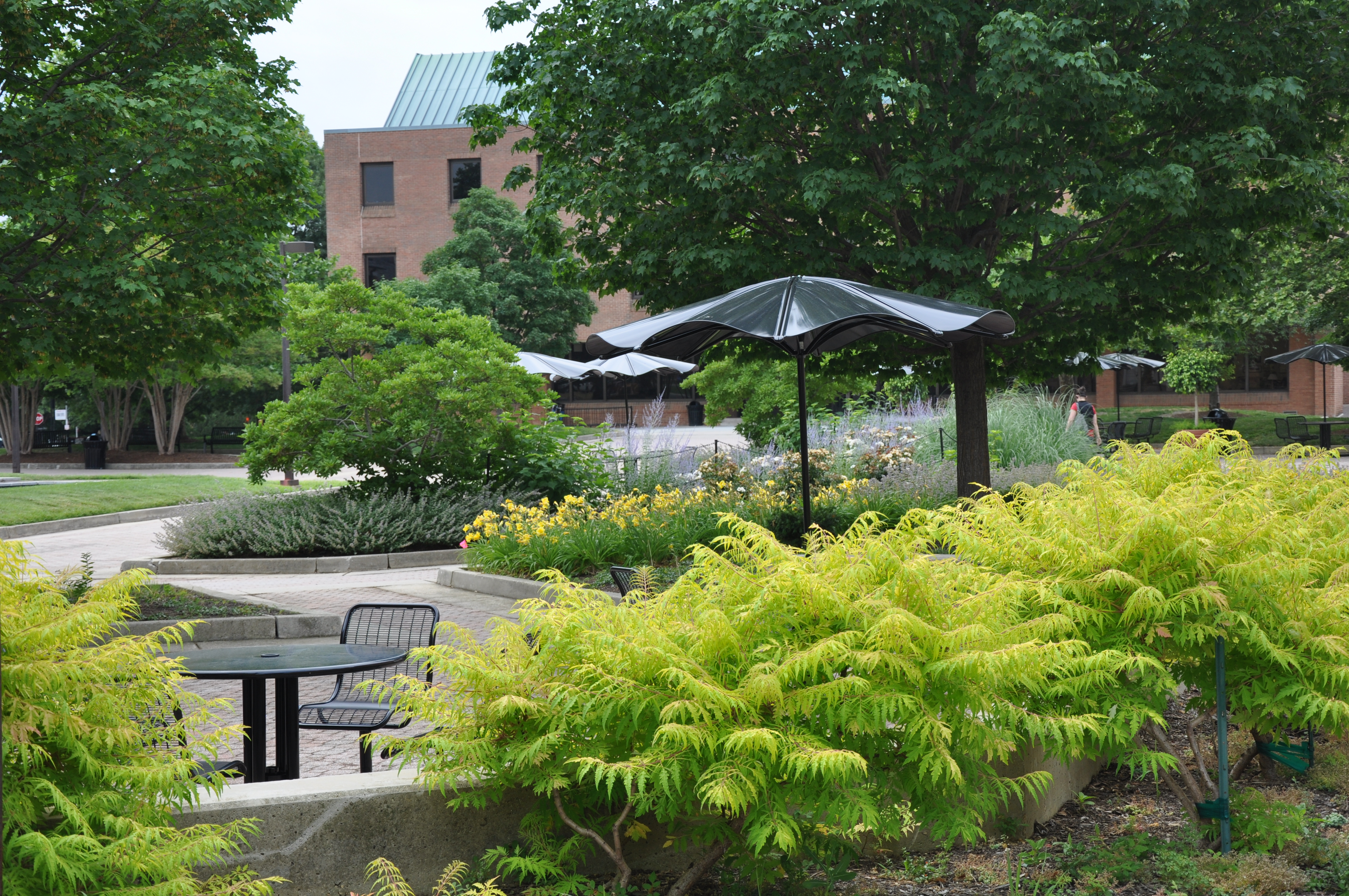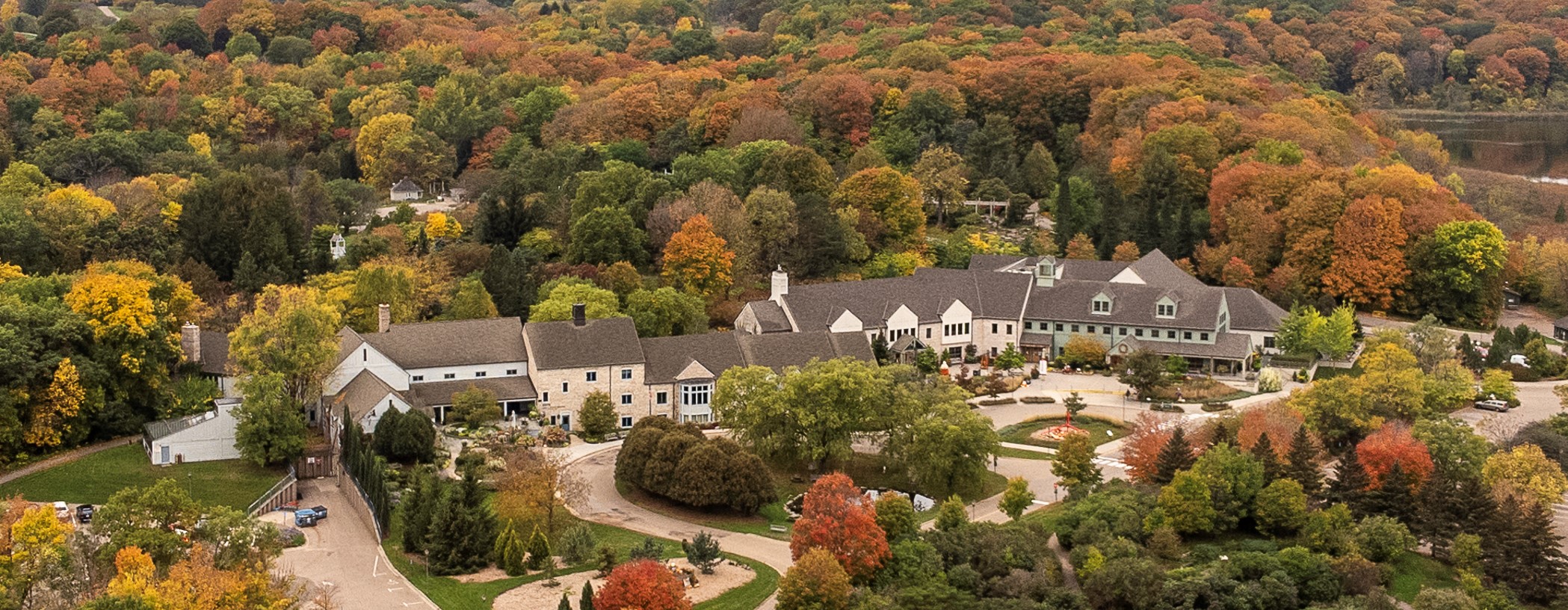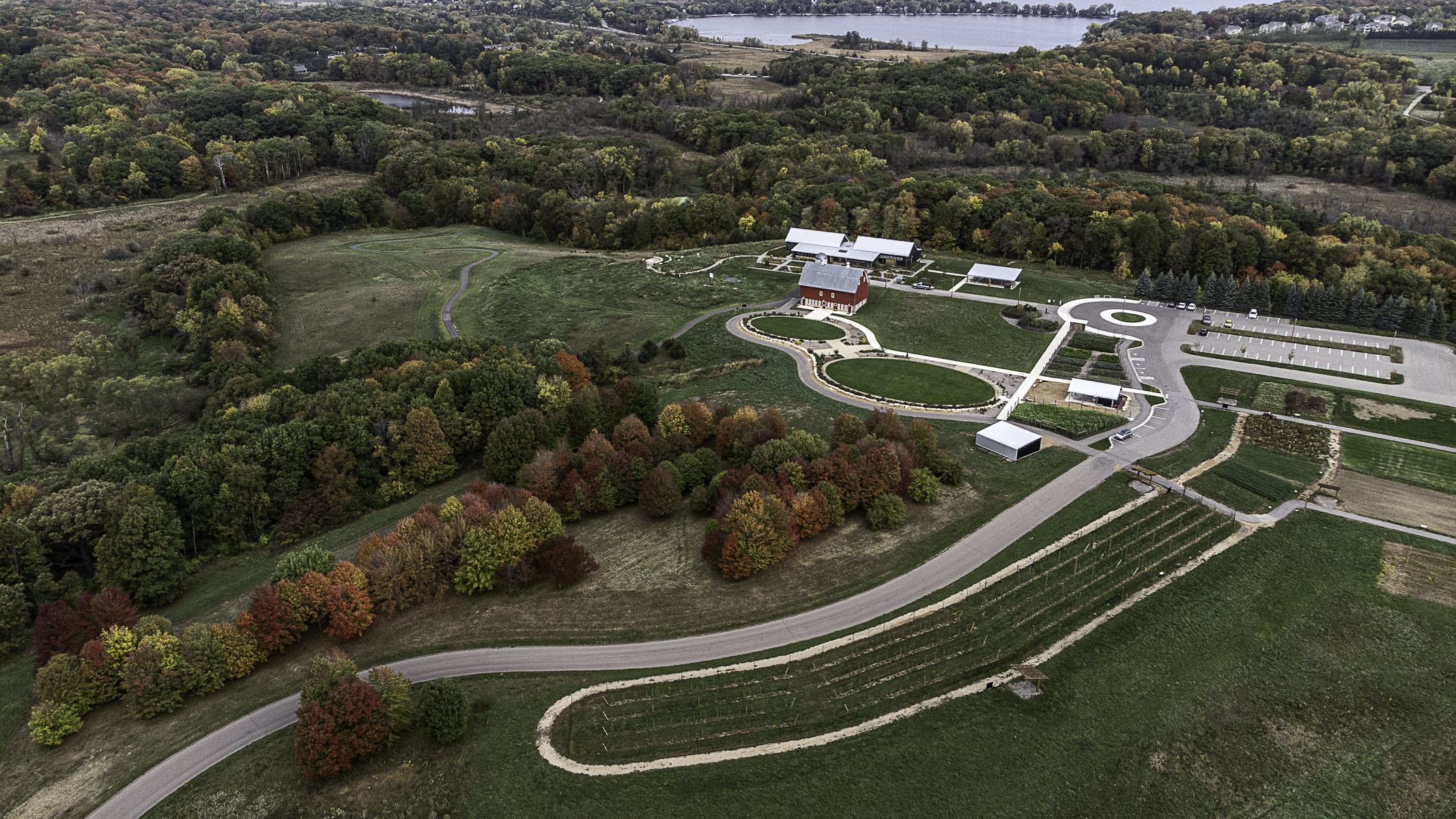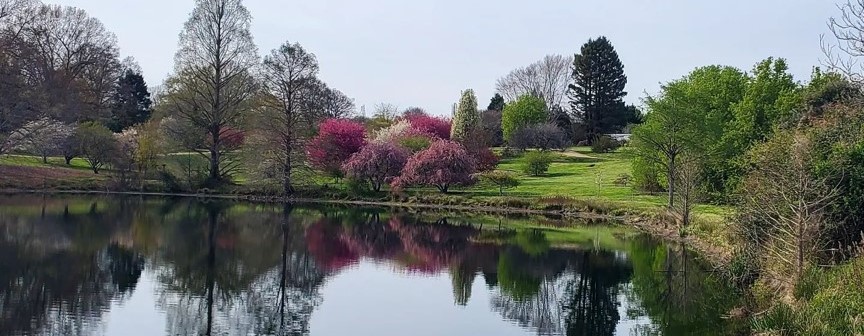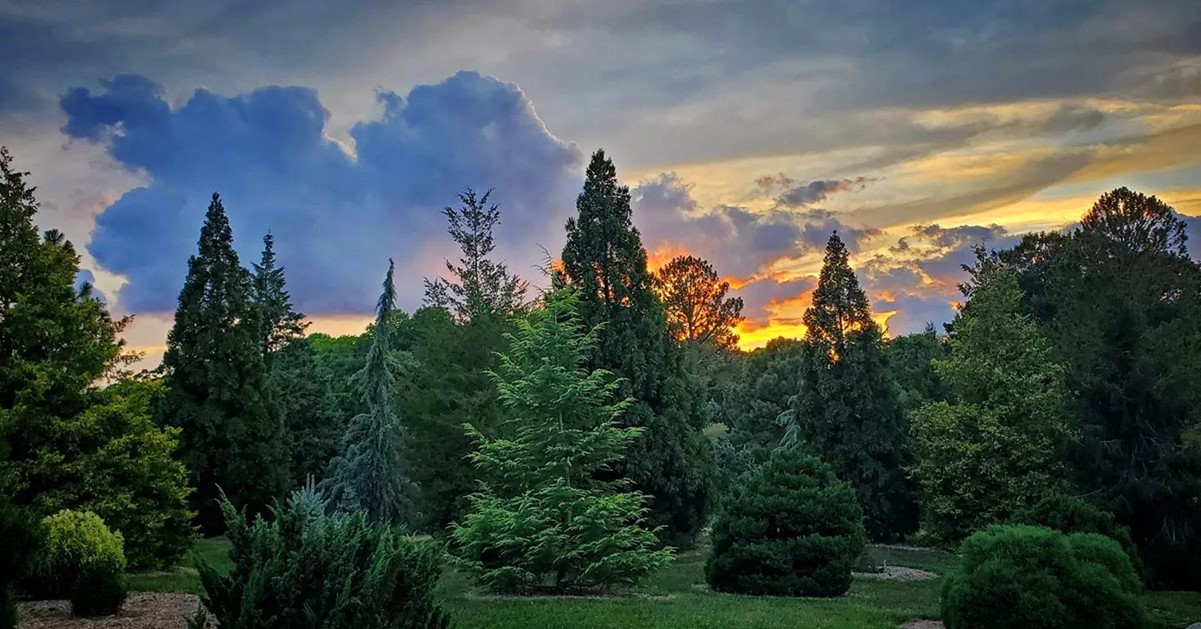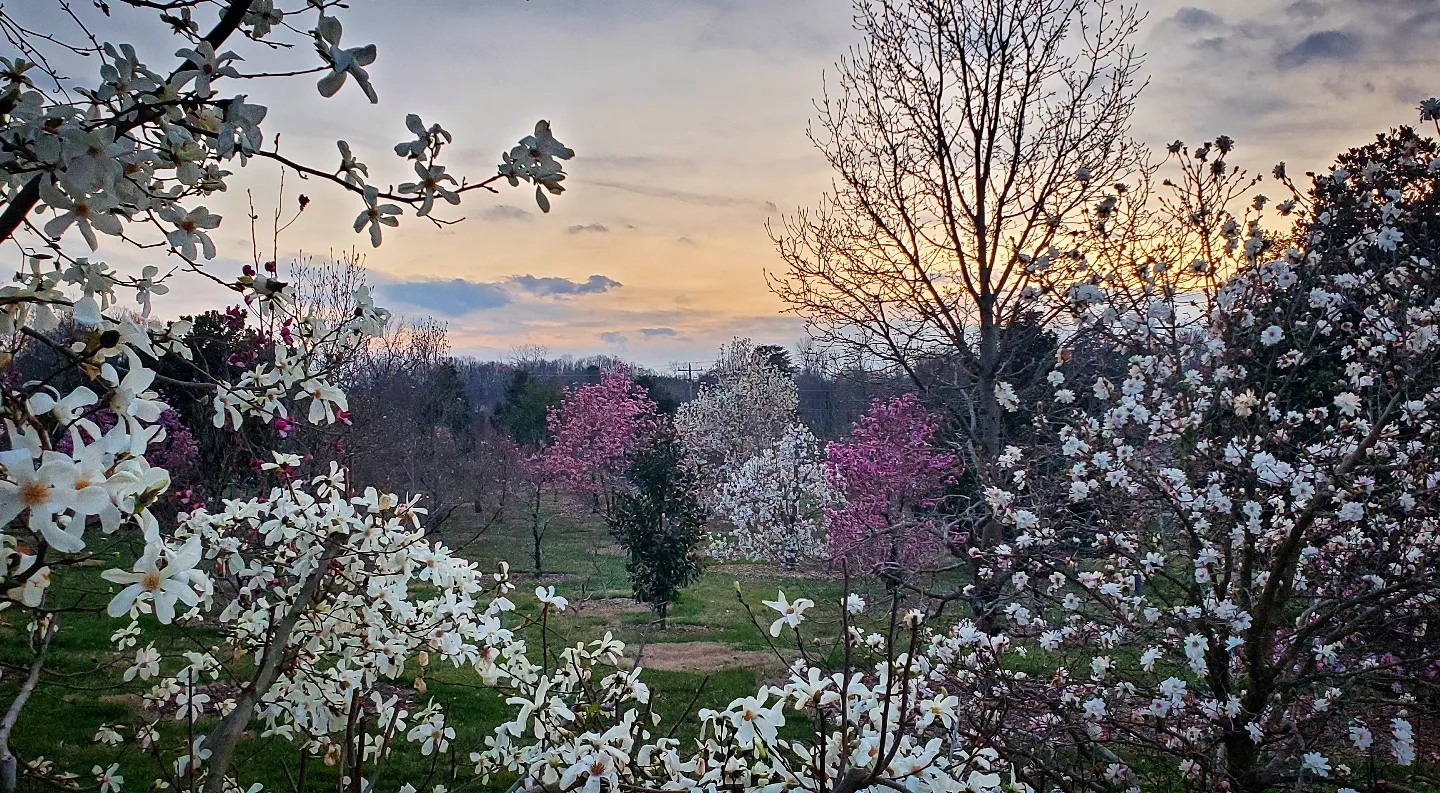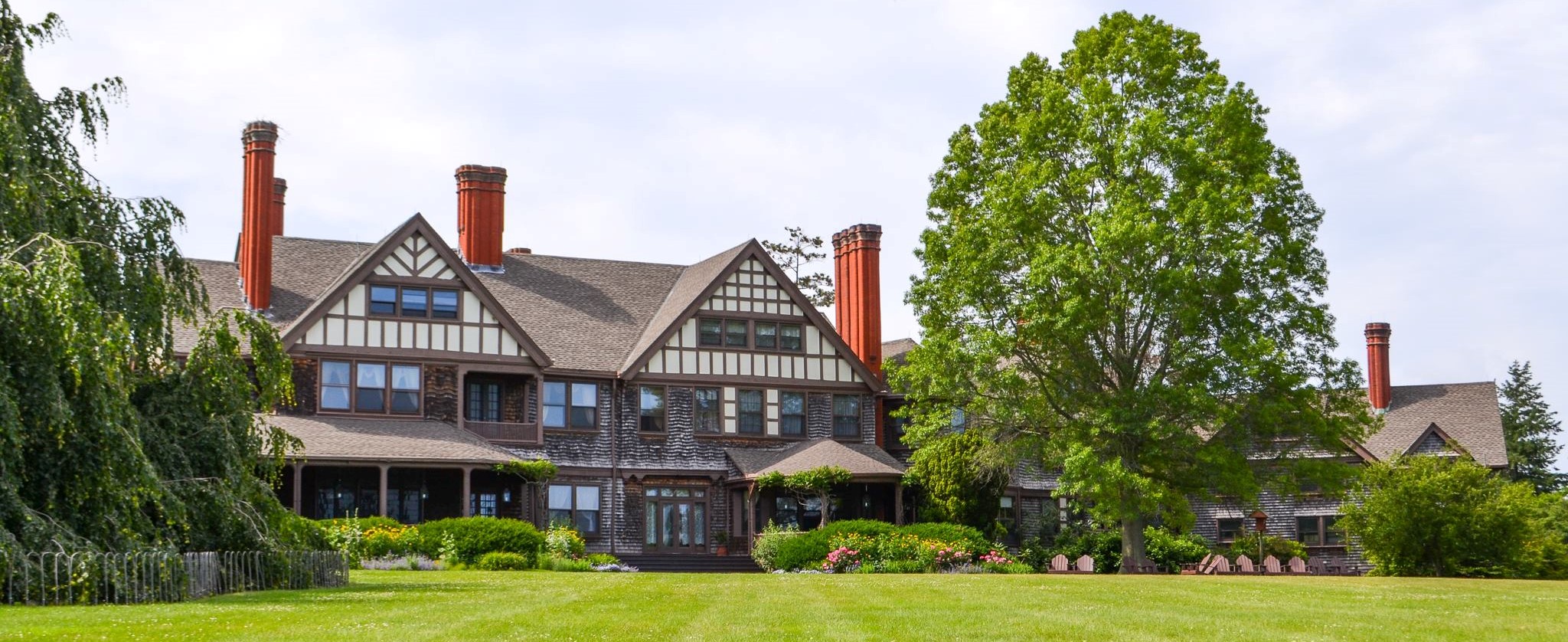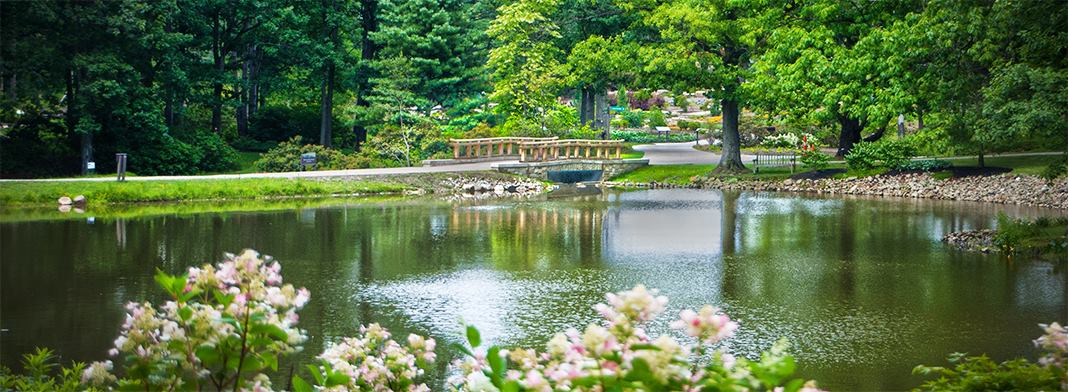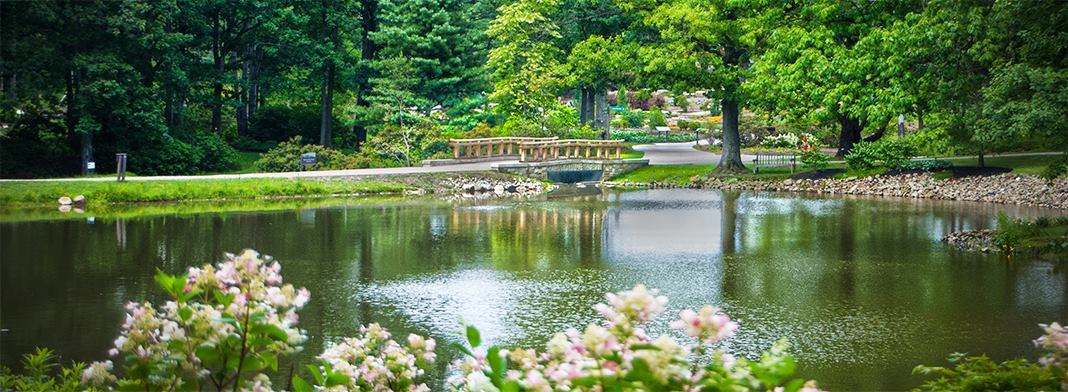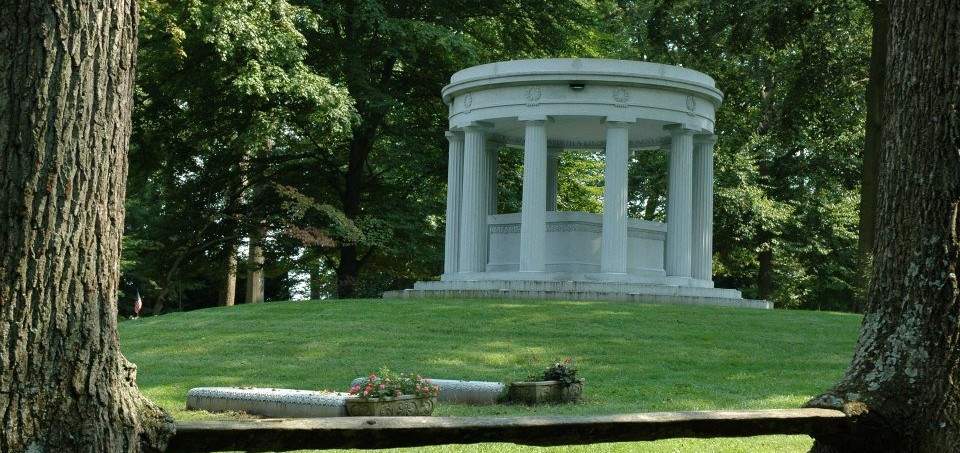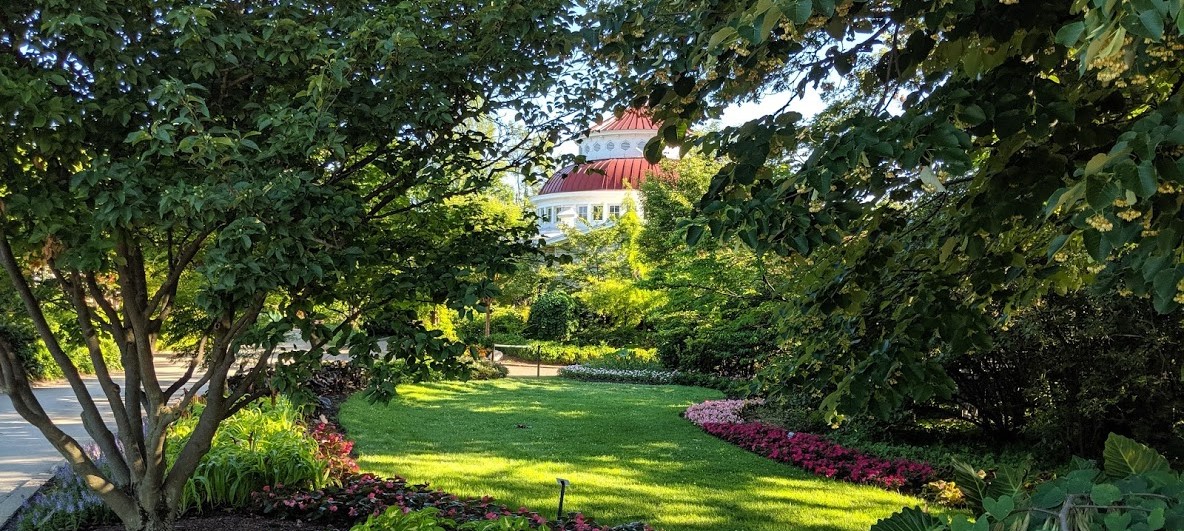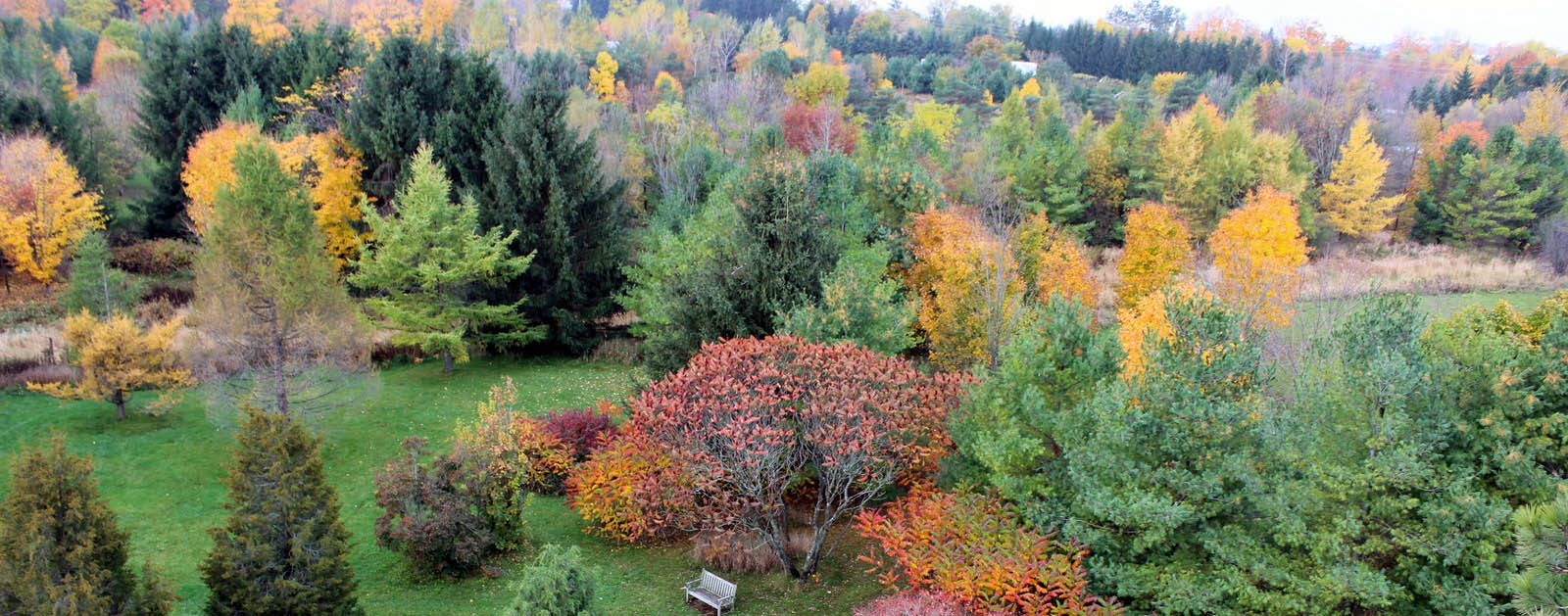Botanic Garden of Smith College
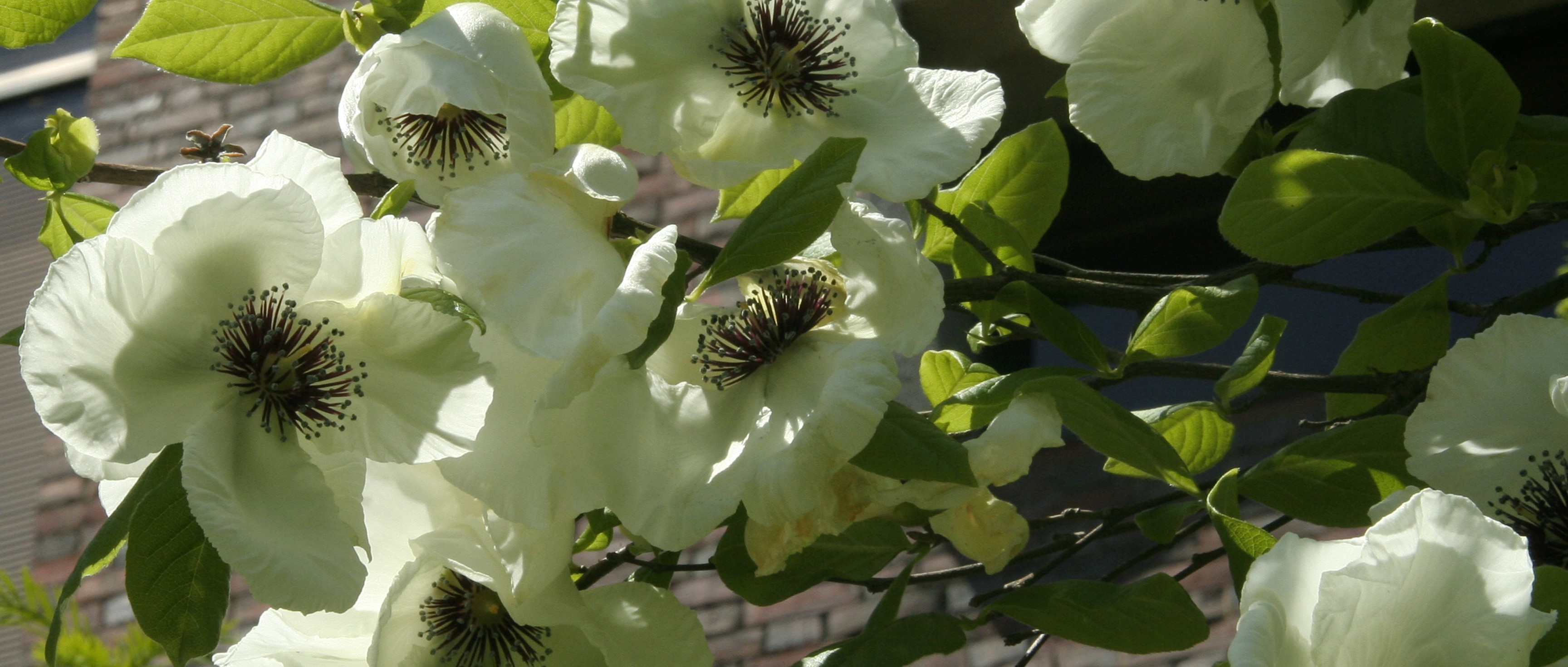
Location
Located in Northampton, Massachusetts, the Botanic Garden of Smith College is set on a 125-acre campus landscape. Smith College's first president had a vision for the entire campus to be a botanic garden and an arboretum having scientific as well as aesthetic value. The original campus plan was designed by the firm of Olmsted, Olmsted, and Elliot.
Since its founding in 1895, the Botanic Garden of Smith College has been functioning as an institution that fosters education about the science, beauty, and importance of the plant kingdom, serving as a living museum of plants native to New England and ecosystems around the world. Open to the publics, the garden encompasses an arboretum that is intermingled among historic and contemporary buildings, specialty gardens, a 12,000 square foot glass conservatory, and an exhibition gallery. Goals are collection and display, education, research, and conservation. Over 10,000 documented, labeled, and mapped plants are broadly representative of both native and non-native species, ranging from cultivars of landscape plants to wild-collected species with provenance that underpins our conservation efforts. The plant database is accessible online through BGCI and the Royal Botanic Garden Edinburgh multisite. Tropical and temperate seed are made available via Index Seminum (seed exchange program) and germplasm is shared with researchers around the world.

